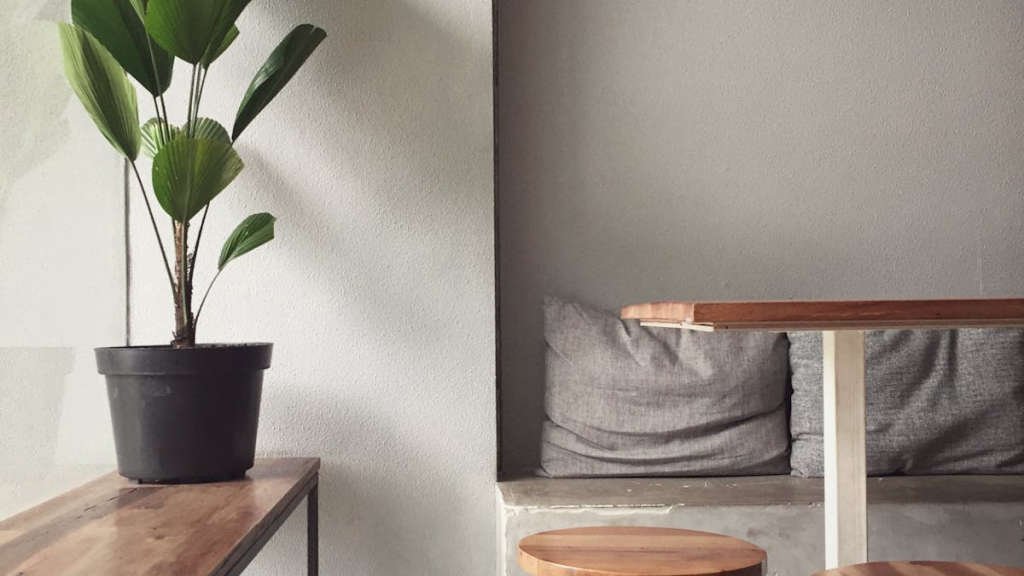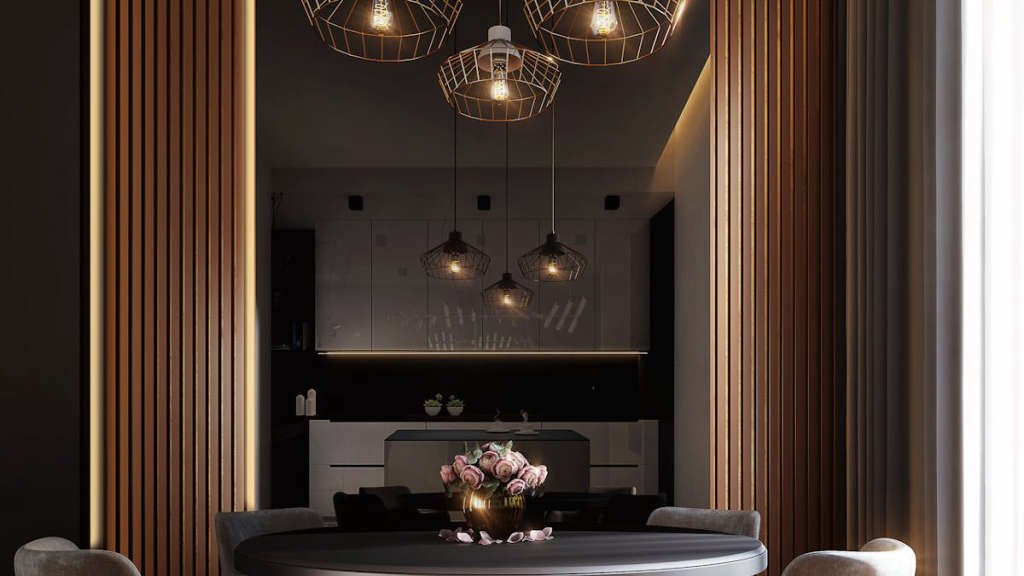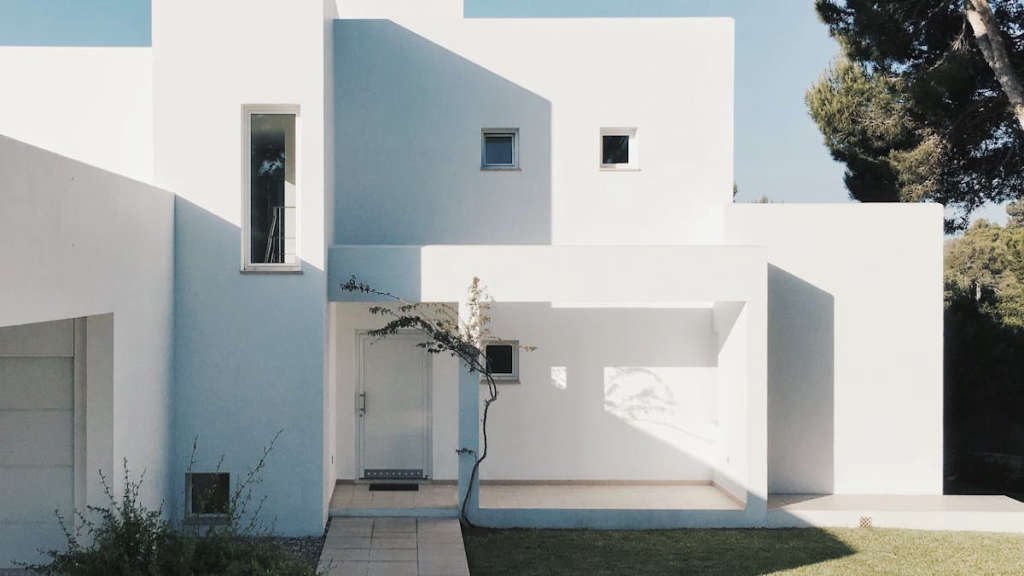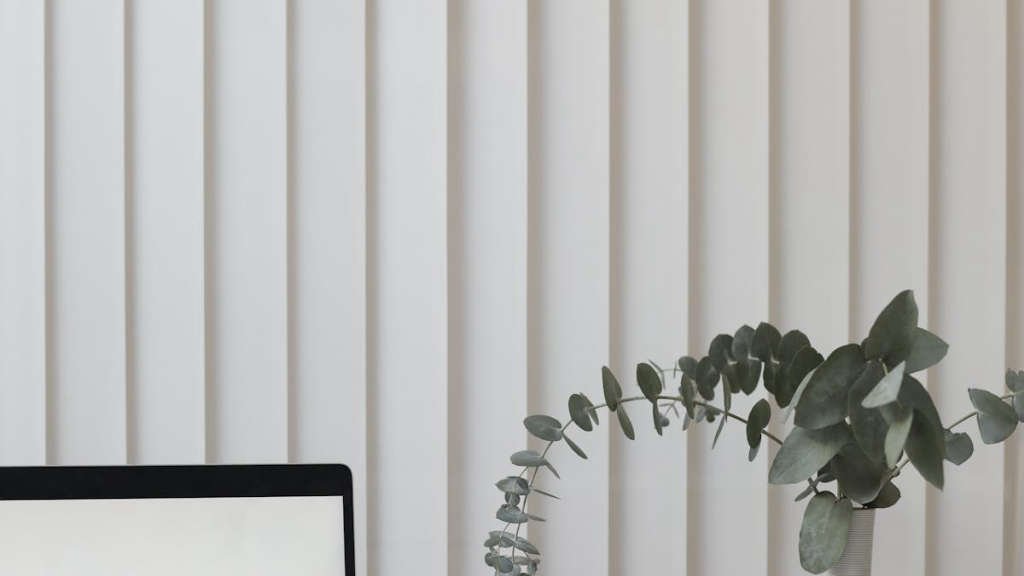
Are you looking for some inspiration to update your home’s interior design? If so, you’ve come to the right place. In this blog post, we will explore 10 inspiring contemporary interior design ideas that will help you create a modern and stylish space that reflects your personality and taste. From sleek minimalism to bold patterns and colors, there are plenty of options to choose from to transform your home into a visually stunning masterpiece.
Main Points:
- Explore the latest contemporary design trends to get inspired.
- Find out how to incorporate bold colors and patterns into your interior design.
- Discover the beauty of mixing different textures and materials for a unique look.
- Learn how to maximize natural light to create a bright and airy living space.
- Find out how to create a cozy and inviting atmosphere with the right lighting fixtures.

Minimalist Approach in Contemporary Interior Design
In recent years, the minimalist approach has gained popularity in contemporary interior design. This design philosophy focuses on simplicity, clean lines, and a clutter-free living space. By embracing minimalism, homeowners can create a sleek and modern look that promotes calmness and tranquility.
Key Elements of Minimalist Approach in Contemporary Interior Design:
- Simplicity: Minimalist design relies on the principle of “less is more”. By using only essential items and avoiding unnecessary decorations, a sense of simplicity is achieved.
- Clean Lines: Straight lines and geometric shapes are commonly used in minimalist interiors. These clean lines contribute to a sense of order and organization in the space.
- Neutral Color Palette: Minimalist interiors often feature a neutral color palette, such as whites, grays, and earth tones. These colors create a sense of serenity and cohesiveness.
By incorporating a minimalist approach into contemporary interior design, homeowners can create a stylish and timeless living space that promotes a sense of peace and clarity.

Incorporating Biophilic Design in Modern Interiors
Biophilic design is a concept that emphasizes the connection between humans and nature in the built environment. It focuses on incorporating elements of nature into interior spaces to create a more harmonious and healthy living environment. In modern interiors, incorporating biophilic design principles can have a significant impact on the overall well-being of occupants.
Benefits of Biophilic Design in Modern Interiors
1. **Connection**: Biophilic design helps to create a sense of connection to the natural world, which can reduce stress and improve overall mental well-being.
2. **Productivity**: Studies have shown that incorporating natural elements in interior spaces can increase productivity and creativity among individuals.
3. **Air Quality**: By incorporating plants and natural ventilation systems, biophilic design can improve indoor air quality and create a healthier living environment.
Ways to Incorporate Biophilic Design in Modern Interiors
| Biophilic Design Element | Description |
|---|---|
| Natural Light | Maximize natural light by incorporating large windows and skylights to bring in sunlight. |
| Indoor Plants | Incorporate a variety of indoor plants to improve air quality and add a touch of nature to the space. |
| Natural Materials | Use natural materials such as wood, stone, and bamboo to create a sense of warmth and tranquility. |
By incorporating biophilic design elements into modern interiors, designers can create spaces that not only look beautiful but also promote health, well-being, and productivity.

Utilizing Smart Home Technology for a Contemporary Living Space
Making your living space more modern and convenient has never been easier thanks to the advancements in smart home technology. With the integration of smart devices and systems, you can transform your home into a more efficient and comfortable environment. From controlling your lighting and temperature with a simple voice command to monitoring your home security remotely, the possibilities are endless.
Key Benefits of Smart Home Technology:
1. Convenience: Imagine being able to adjust your home’s settings from anywhere in the world with just a tap on your smartphone. Smart home technology allows you to control various aspects of your home with ease, making your daily routine more streamlined and efficient.
2. Energy Efficiency: By using smart thermostats, lighting systems, and appliances, you can optimize your energy usage and reduce your utility bills. With the ability to schedule and monitor your energy consumption, you can make more informed decisions about how you use resources in your home.
3. Safety and Security: Smart home technology offers advanced security features such as real-time monitoring, motion detection, and remote access to surveillance cameras. You can have peace of mind knowing that your home is protected and that you can stay connected to what’s happening, even when you’re not there.
Upgrade your living space with smart home technology today and experience the convenience, energy efficiency, and security benefits it has to offer. Embrace the future of living and create a contemporary environment that suits your lifestyle.
Mixing Textures and Patterns in Contemporary Decor
When it comes to contemporary decor, mixing textures and patterns can add depth and visual interest to any space. By combining different fabrics, materials, and designs, you can create a unique and personalized look that reflects your style. Here are some tips on how to successfully mix textures and patterns in your home:
1. Start with a Neutral Base
One of the keys to successfully mixing textures and patterns is to start with a neutral base. This can be a neutral color palette for your walls, floors, and larger furniture pieces. Neutral tones like white, beige, grey, or taupe provide a calm and cohesive backdrop for more bold textures and patterns to shine.
2. Mix Different Textures
Experiment with mixing different textures to create visual interest. Combine smooth and shiny surfaces with rough and matte finishes to add depth to your decor. For example, pair a sleek leather sofa with a plush velvet accent chair, or layer a chunky knit throw over a smooth satin duvet cover.
3. Layer Patterns Carefully
When mixing patterns, it’s important to do so carefully to avoid a chaotic look. Start by choosing one main pattern as the focal point, such as a large floral print or geometric design. Then, layer in smaller, complementary patterns like stripes, checks, or polka dots in coordinating colors. Mixing different scales of patterns can also create a dynamic and balanced look.
4. Add Metallic Accents
Don’t forget to incorporate metallic accents like gold, silver, or copper into your decor. These shiny finishes can add a touch of glamour and sophistication to your space. Mix in metallic elements through light fixtures, hardware, decorative objects, or even furniture legs.
5. Use a Variety of Textiles
Lastly, don’t be afraid to mix a variety of textiles in your decor. From silk and linen to wool and jute, different textiles can add richness and warmth to your space. Incorporate throw pillows, area rugs, curtains, and upholstery in a mix of textures to create a cozy and inviting atmosphere.
By following these tips and experimenting with different textures and patterns, you can create a contemporary decor style that is both visually appealing and uniquely yours. Remember to have fun with the process and let your creativity shine!
Encouraging Sustainable Practices in Contemporary Interior Design
In today’s world, where environmental awareness is at an all-time high, it is crucial for interior designers to incorporate sustainable practices into their work. From the materials used to the overall design concept, there are numerous ways to promote sustainability in interior design.
Using Eco-Friendly Materials
One of the key ways to promote sustainability in interior design is by using eco-friendly materials. Recycled materials, reclaimed wood, and biodegradable fabrics are just a few examples of eco-friendly options that can be used in interior design projects. Not only do these materials help reduce waste, but they also add a unique and fashionable touch to the design.
Energy-Efficient Lighting
Another important aspect of sustainable interior design is energy-efficient lighting. By incorporating LED lights and natural light sources, designers can reduce energy consumption and minimize their carbon footprint. Additionally, utilizing smart lighting systems can help further enhance energy efficiency in interior spaces.
Indoor Plants and Biophilic Design
Indoor plants not only add a touch of greenery to interior spaces but also promote a healthy and sustainable environment. Incorporating biophilic design principles, which focus on connecting people with nature, can improve overall well-being and productivity. By incorporating elements such as living walls, green roofs, and natural materials, designers can create spaces that are both aesthetically pleasing and environmentally friendly.
In conclusion, sustainable practices in contemporary interior design are essential for creating spaces that are not only visually appealing but also environmentally responsible. By using eco-friendly materials, energy-efficient lighting, and biophilic design principles, designers can make a positive impact on both the environment and the well-being of occupants.
Innovative Lighting Solutions for Modern Interiors
Lighting plays a crucial role in enhancing the overall ambiance of a space. Gone are the days when traditional light fixtures were the only option for illuminating a room. With advancements in technology and design, innovative lighting solutions have taken the interior design industry by storm.
Types of Innovative Lighting Solutions
From smart LED lights that can be controlled via a smartphone to energy-efficient light bulbs that help reduce electricity bills, the options are endless. Modern interiors can greatly benefit from these cutting-edge lighting solutions that not only provide adequate illumination but also add a touch of style to the space.
Benefits of Modern Lighting Solutions
| Enhanced ambiance | Energy efficiency | Customization options |
|---|---|---|
| Modern lighting solutions can create different moods depending on the occasion. | Energy-efficient LED lights can help reduce electricity consumption. | Customizable lighting options allow for personalized settings to match individual preferences. |
“Innovative lighting solutions have revolutionized the way we illuminate our living spaces. With technology paving the way for smarter and more energy-efficient options, the future of lighting design looks brighter than ever.” – Interior Design Experts
Conclusion
In conclusion, undefined is a concept that allows for limitless possibilities and creativity in contemporary interior design ideas. With the flexibility to experiment and push boundaries, designers can create unique and innovative spaces that reflect their personal style and preferences. Embracing the undefined can lead to exciting and dynamic design solutions that challenge traditional norms and inspire others in the industry. Overall, the concept of undefined offers endless opportunities for exploration and growth in the world of interior design.
Frequently Asked Questions
What are the key elements of contemporary interior design?
Key elements of contemporary interior design include clean lines, minimalism, neutral colors, and a focus on open spaces.
How can I incorporate contemporary design in a small space?
Incorporate contemporary design in a small space by using multi-functional furniture, maximizing natural light, and opting for a neutral color palette.
What materials are commonly used in contemporary interior design?
Common materials used in contemporary interior design are glass, metal, concrete, and wood with a focus on sleek and minimalist finishes.
How can I add warmth to a contemporary interior?
Add warmth to a contemporary interior by incorporating textured fabrics, using accent lighting, and adding natural elements like wood and plants.
How important is functionality in contemporary interior design?
Functionality is key in contemporary interior design, as the focus is on creating spaces that are not only aesthetically pleasing but also practical and efficient for everyday living.
